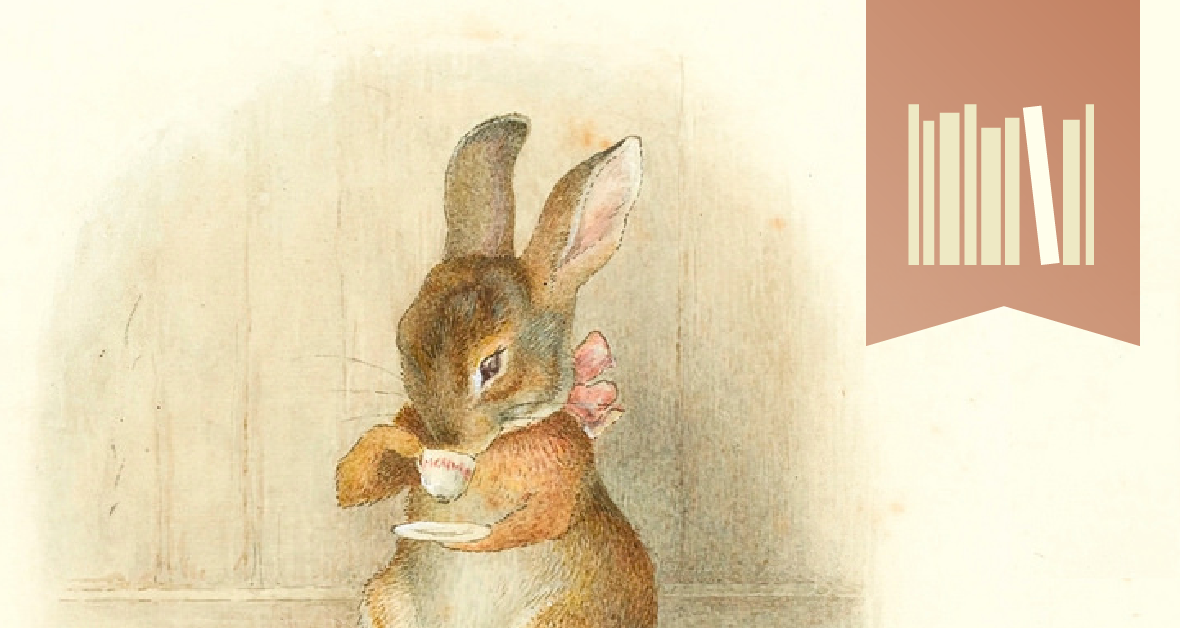Beatrix Potter wrote and illustrated more than 20 children’s publications, including the beloved The Tale of Peter Rabbit (1902). Her iconic books continue to sit on children’s bookshelves a century after their release into the literary world. When most people think of Beatrix Potter, they picture Peter Rabbit, but Potter was also a notable figure in mycology, land conservation, and the cultivation of a rare breed of sheep.
Childhood of Beatrix Potter
Helen Beatrix Potter was born on July 28th, 1866, in London to a well-to-do family. She studied under several governesses. Her artistic parents encouraged Beatrix and her younger brother Bertram to paint and draw nature. They observed nature during their summer vacations to the Lake District in England and in Scotland.
Potter started studying at the National Art Training School in the 1870s. Her love for nature and inspiration by Scottish naturalist Charles McIntosh encouraged Beatrix to paint scientifically accurate fungi. Her mycological studies culminated in a theory about the reproduction of spores. Women were not allowed to attend the Linnean Society, so in 1897, a mycologist from the Royal Botanic Gardens presented her paper, but it never gained traction within the scientific community.
Beatrix Potter’s First Publication
She regularly sent cards with drawings and stories to her old governess’ ill child. The governess encouraged her to publish her stories and drawings. No publishers would accept her book, The Tale of Peter Rabbit, so Potter published a couple hundred copies to distribute to friends and family. After positive feedback, Frederick Warne & Co. agreed to publish the book if she would redo the black and white illustrations in color.
She published two more popular works, The Tale of Squirrel Nutkin and The Tailor of Gloucester, the next year. Potter accepted the proposal of her editor Norman Warne in 1905 despite her parents’ objection. Unfortunately, Warne died a few weeks after the proposal. Potter continued with her plan to buy Hill Top Farm in the Lake District of Lancashire. The farm became her refuge and the backdrop of subsequent books and illustrations.
The Lake District 
Potter was a skilled business woman, drawing a patent for Peter Rabbit, making Peter Rabbit the world’s oldest licensed literary character. She designed much of the merchandise for her books herself. After Peter Rabbit, Potter released 20 more publications at a rate of two or three a year. She bought property in the Lake District to conserve natural land and farm land in the area. Beatrix married local lawyer William Heelis in 1913. She spent her time in the Lake District continuing to write, improving health care availability, buying land for conservation, and breeding Herdwick sheep. Potter’s sheep won many prizes at local shows, and she became the first elected female President of the Herwick Sheep Breeders’ Assocation in 1943.
Beatrix Potter’s Death
Beatrix Potter Heelis died on December 22, 1943, in Sawrey, England. She left her 15 farms, totaling 4,000 acres, to the National Trust for conservation. You can still visit Hill Top Farm and see the inspiration for Beatrix Potter’s timeless characters.
Happy 150th Birthday to this literary icon!




